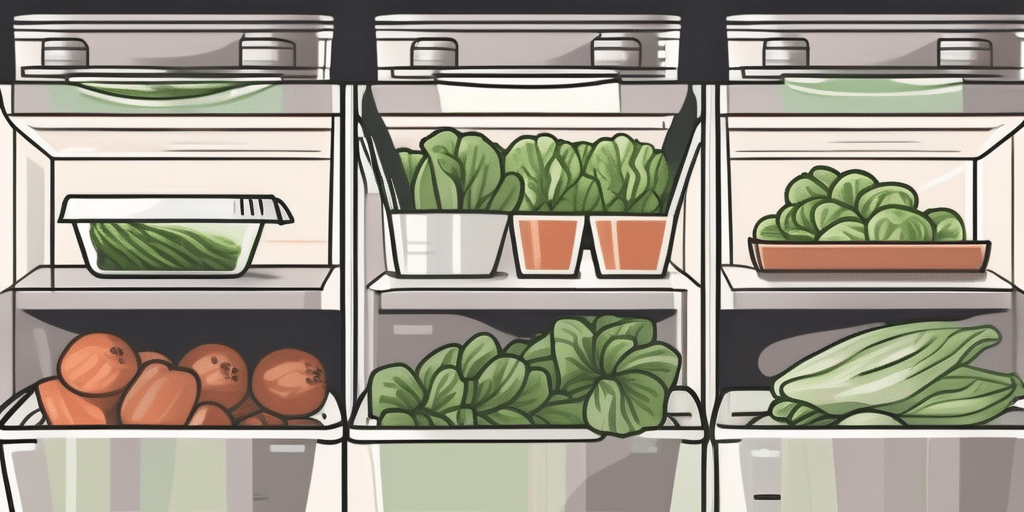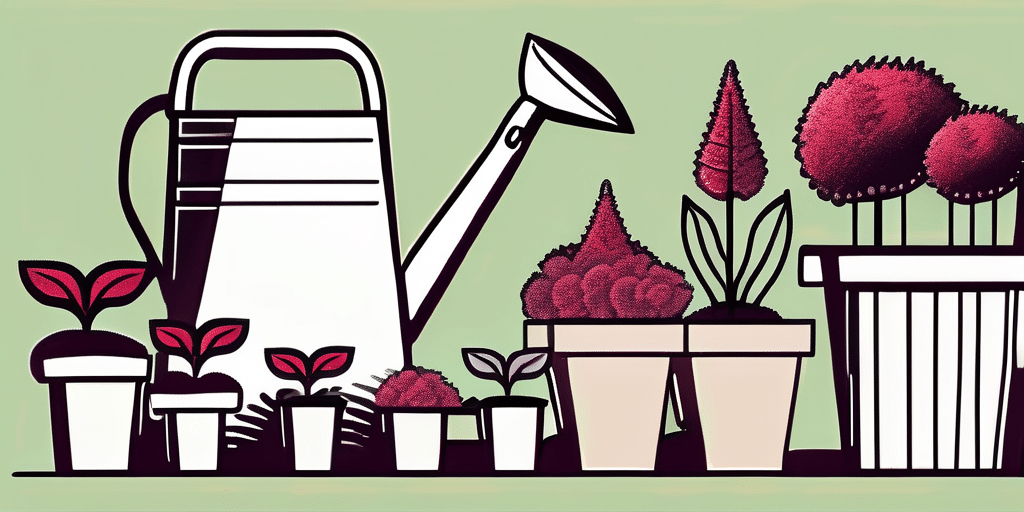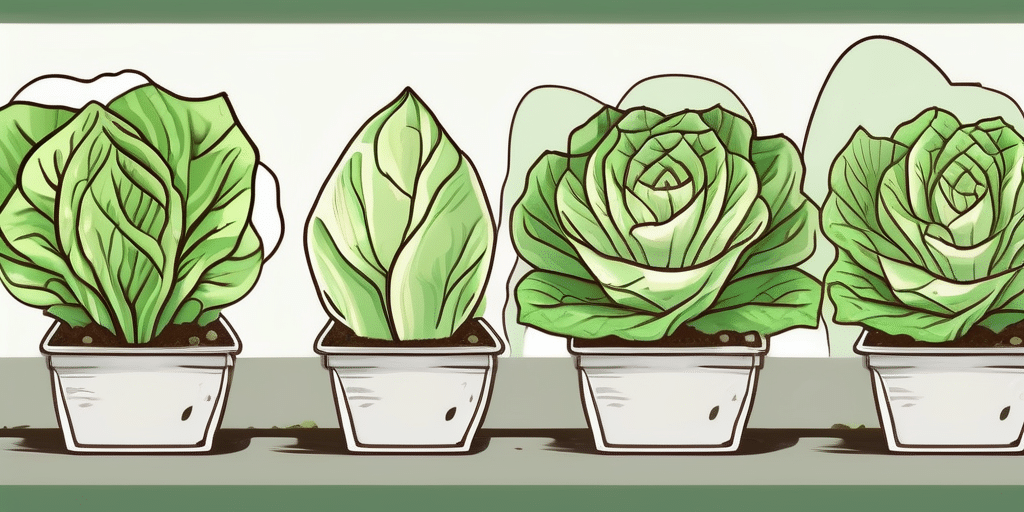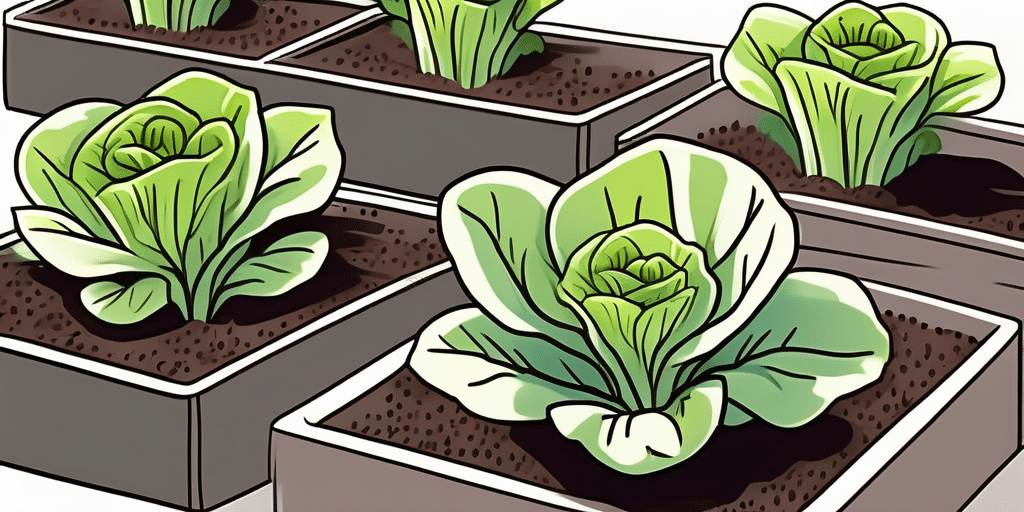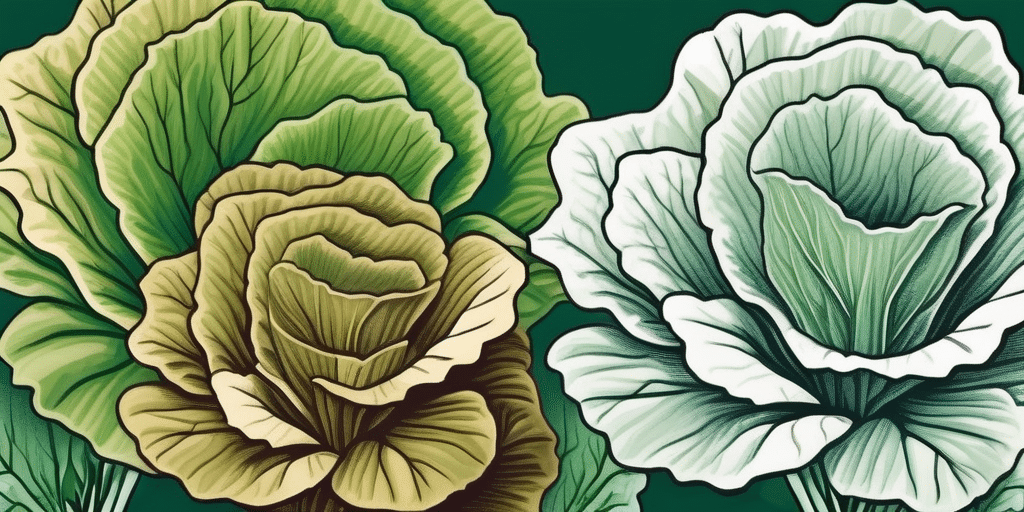There are many different types of lettuce available in the market, each with its own unique characteristics. Two popular varieties that are often compared are Simpson Elite Lettuce and Tom Thumb Lettuce. In this article, we will explore the differences between these two types to help you determine which one is right for you.
What is Simpson Elite Lettuce?
Simpson Elite Lettuce is a leafy green vegetable that belongs to the Asteraceae family. It is known for its large, tender, and mildly flavored leaves. This variety is often preferred by gardeners and home growers due to its high yield and relatively easy cultivation.
Simpson Elite Lettuce, also known as Simpson’s Elite, is a classic loose-leaf lettuce variety that has been a favorite among gardeners for decades. Its vibrant green leaves are not only visually appealing but also packed with nutrients, making it a popular choice for salads, sandwiches, and wraps. The leaves of Simpson Elite Lettuce have a delicate texture and a subtle sweetness, adding a refreshing crunch to any dish.
Pros of Simpson Elite Lettuce
- Grows quickly: Simpson Elite Lettuce has a relatively short maturity period, meaning you can start enjoying your harvest sooner.
- High yield: This lettuce variety produces abundant leaves, making it a great choice for those who love fresh salads.
- Heat tolerance: Simpson Elite Lettuce is more tolerant of heat compared to some other varieties, which means it is less likely to bolt.
In addition to its quick growth and high yield, Simpson Elite Lettuce is also known for its versatility in the kitchen. Whether used as a base for a colorful salad or as a crisp topping for tacos, this lettuce variety adds a burst of freshness to any dish. Its mild flavor makes it a versatile ingredient that pairs well with a variety of dressings and toppings, allowing you to get creative with your culinary creations.
Cons of Simpson Elite Lettuce
- Susceptible to disease: While Simpson Elite Lettuce is relatively easy to grow, it can be more susceptible to certain diseases, such as downy mildew. Proper care and preventive measures are important to ensure a healthy crop.
- Not suitable for compact spaces: Due to its larger size, Simpson Elite Lettuce requires more space to grow compared to smaller lettuce varieties like Tom Thumb.
Despite its many advantages, Simpson Elite Lettuce does have some drawbacks that growers should be aware of. Its susceptibility to diseases like downy mildew can be a challenge for gardeners, requiring diligent monitoring and care to prevent outbreaks. Additionally, the larger size of Simpson Elite Lettuce means that it may not be the best choice for growers with limited space or those looking to maximize their yield in a small garden. However, with proper attention to its specific needs, Simpson Elite Lettuce can be a rewarding addition to any home garden, providing a bountiful harvest of fresh, flavorful leaves throughout the growing season.
What is Tom Thumb Lettuce?
Tom Thumb Lettuce, on the other hand, is a miniature variety of lettuce that is cherished for its small, crisp leaves. It is often grown for its unique appearance and delicate flavor. The compact nature of Tom Thumb Lettuce makes it a popular choice for urban gardeners or those with limited gardening space. Its petite size allows for easy cultivation in small containers, window boxes, or even on balconies, bringing the joy of homegrown produce to urban settings.
Despite its small stature, Tom Thumb Lettuce packs a punch in terms of taste. Its tender leaves offer a mild, slightly sweet flavor that enhances salads, sandwiches, and wraps. The miniature leaves also add a decorative touch to dishes, making them a favorite among culinary enthusiasts and home cooks looking to elevate their presentations.
Pros of Tom Thumb Lettuce
- Compact size: Tom Thumb Lettuce is perfect for those with limited garden space or those who prefer container gardening. Its small size makes it ideal for growing in pots or raised beds.
- Quick maturity: This lettuce variety reaches maturity faster than larger varieties, allowing you to enjoy freshly harvested leaves within a short time.
- Tender and flavorful leaves: The leaves of Tom Thumb Lettuce are known for their tenderness and sweet taste, making them a delightful addition to salads and sandwiches.
Cons of Tom Thumb Lettuce
- Lower yield: Due to its small size, Tom Thumb Lettuce produces fewer leaves compared to larger lettuce varieties.
- Higher susceptibility to bolting: Tom Thumb Lettuce is more likely to bolt, or go to seed, when exposed to higher temperatures. It is important to harvest the leaves promptly to prevent this.
Now that we have explored the characteristics and pros and cons of both Simpson Elite Lettuce and Tom Thumb Lettuce, you might be wondering which one is the right choice for you.
Is Simpson Elite Lettuce or Tom Thumb Lettuce Right for You?
The decision ultimately depends on your own preferences, gardening space, and growing conditions. If you have ample garden space and prefer a lettuce variety with a larger yield, Simpson Elite Lettuce might be the better choice. On the other hand, if you have limited space or enjoy miniature-sized vegetables, Tom Thumb Lettuce could be the perfect fit. Consider factors such as taste, space availability, and growing conditions to make an informed decision.
Frequently Asked Questions
Here are some commonly asked questions about Simpson Elite Lettuce and Tom Thumb Lettuce:
- How do I plant Simpson Elite Lettuce?
- Choose a well-draining location that receives partial sunlight.
- Prepare the soil by loosening it with a garden fork or tiller.
- Sow the seeds about half an inch deep and space them apart according to the instructions on the seed packet.
- Water gently and keep the soil consistently moist until the seeds germinate.
- Thin the seedlings once they are a few inches tall, leaving adequate space between each plant.
- Can I grow Tom Thumb Lettuce indoors?
- Yes, you can grow Tom Thumb Lettuce indoors as long as you provide it with sufficient light.
- Choose a sunny location or use grow lights to provide at least 12 to 14 hours of light daily.
- Ensure the soil is well-draining and keep it consistently moist, but not overly saturated.
- Harvest the leaves when they reach the desired size.
- Are both lettuce varieties suitable for container gardening?
- While both Simpson Elite Lettuce and Tom Thumb Lettuce can be grown in containers, Tom Thumb Lettuce is more suitable due to its compact size.
- Choose a container with adequate drainage holes and fill it with quality potting mix.
- Place the container in a sunny location and water regularly to keep the soil evenly moist.
- Remember to provide adequate space for the plants to grow and avoid overcrowding.
By considering your preferences and the characteristics of each lettuce variety, you can make an informed choice between Simpson Elite Lettuce and Tom Thumb Lettuce. Happy lettuce growing!
Join the How to Grow Everything Community
Ready to turn your gardening dreams into reality? Subscribe for free to How to Grow Everything and gain access to personalized gardening advice tailored to your location, grow zone, and experience level. Whether you’re deciding between Simpson Elite Lettuce and Tom Thumb Lettuce or exploring other gardening ventures, we’ve got you covered with the best tips and special offers, all delivered straight to your inbox. Join our family of garden enthusiasts and start building the garden of your dreams today—100% free!

